Share This
What, if anything, keeps you from eating more whole grains?
When we asked 1,500 consumers that question in mid-2015, thirty-nine percent said cost was a barrier, since whole grains sometimes sell at a premium. We headed to the grocery store this week to see if this barrier holds true – or whether it’s yesterday’s news. Since this was an unscientific survey of just one store in the Boston area, we compared whole- and refined-grain versions of the same brand, to keep the comparison as nationally-applicable as possible. Here’s a graphic tour of our findings, which showed fairly widespread price equality across several product categories.
First stop, the grains aisle. The only thing we could compare here was rice, since most intact whole grains like quinoa, oats, millet, sorghum and wheatberries only come in whole grain form. The good news: We found a range of brands that gave their brown and white rice the same price point, like those shown here. However, store/generic brands tended to have unit prices that were higher for brown rice.
On to the pasta aisle. While whole grain options are still vastly outnumbered, we were pleased to see that major brands offering both “regular” and whole grain pasta sold both at the same price. Last time we scouted the aisles in depth, in 2012, the price of a box of whole grain pasta was equal to the price of its refined counterpart — but the whole grain box was smaller (13.25 oz vs 16 oz) making the unit cost higher. Kudos to pasta makers for changing to a 16 oz. box for both options. Again, though, the store brand whole grain pasta was more expensive than white. But when name brand pasta sells at 4 boxes for $5, maybe that doesn’t matter!
We wandered down the cereal aisle next and found no good examples for comparison – not because whole grain options are scarce, but because refined grain options are almost non-existent. Nearly every cereal boasts whole grain as its first ingredient these days, and there’s no such thing as refined oatmeal.
So onward to the bread aisle. Specialty breads tend to have great price equality: we found English muffins and bagels with the same price featured for refined and whole grains. Flatbreads like tortillas and pita breads matched up one-for-one on price fairly well too, like those shown below.
Sliced sandwich bread, however, is an area where manufacturers need to work harder to reach price equality. While some premium brands had level pricing, low-end and store brands – where price matters most – still showed a gap in pricing. For example, a 14 oz loaf of store brand Enriched White Bread sold for 99¢, while a 16 oz loaf of store brand 100% Whole Wheat Bread sold for $1.49, a 32% increase, per pound, for the whole grain bread.
We ended our tour in the cracker aisle, where direct comparisons can be hard to find. There’s no refined grain counterpart to a whole grain classic like Triscuits, for instance, and no whole grain Saltines. The few “paired” examples we were able to find, though, showed price equality. Even though both the water crackers were 7 oz for $2.50, however, the whole grain one held only 24 crackers (12 servings of 2 crackers each) while the “original” held 36 crackers (9 servings of 4 crackers each). How do you measure “price equality?” By the box? By the serving? By the cracker? I’ll leave that one up to you.
There’s an argument to be made that whole grains should cost more, because they’re worth more. If you get real leather shoes instead of plastic ones, you expect to pay more. If you buy a mountain bike instead of a tricycle, you expect to pay more. Whole grains offer more flavor and vastly more nutrients than refined grains, so even when they cost a bit more, you’re still getting a better value.
No matter. We’re still on a crusade to erase the cost factor as a consideration in shoppers’ grain choices. Tell us what you find in stores near you, in the comments below. We’ll use your observations to continue to urge manufacturers to shrink any remaining price gaps between whole grains and their refined counterparts. (Cynthia)
Source: All prices from a Market Basket store in February 2017, with the exception of sandwich bread from Hannaford on the same date.

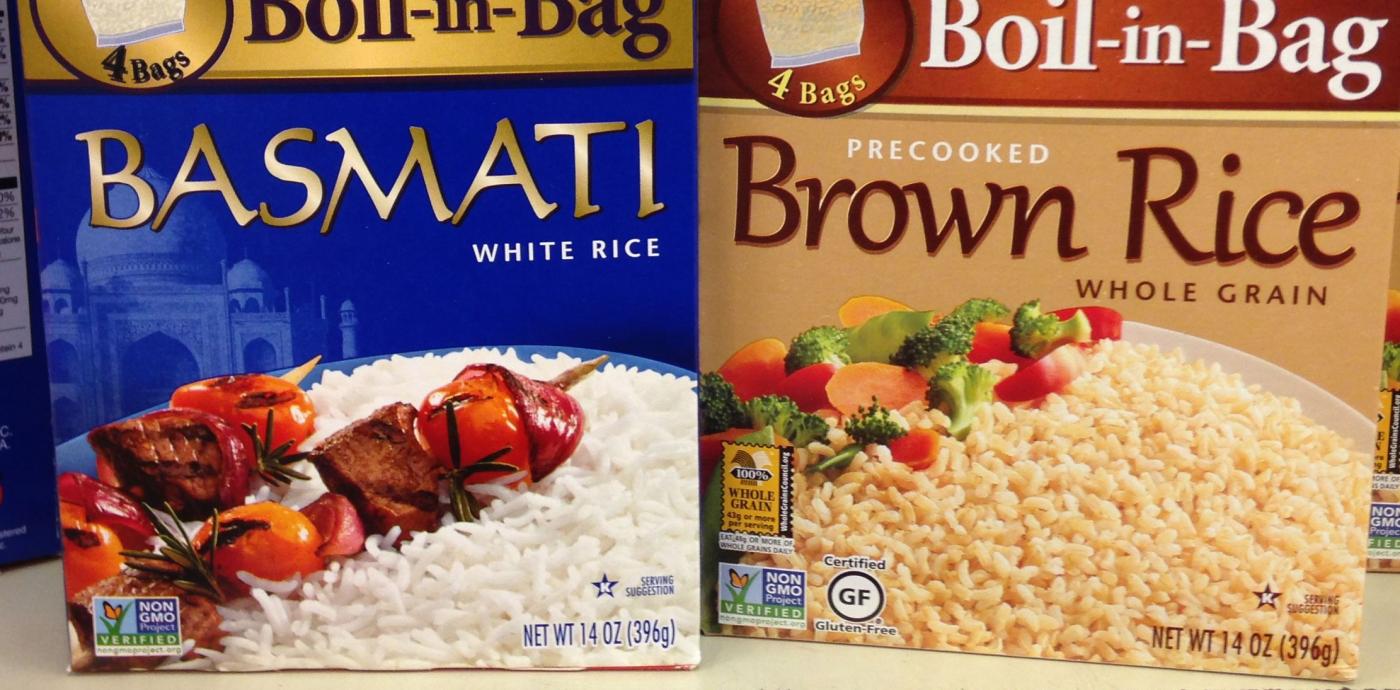
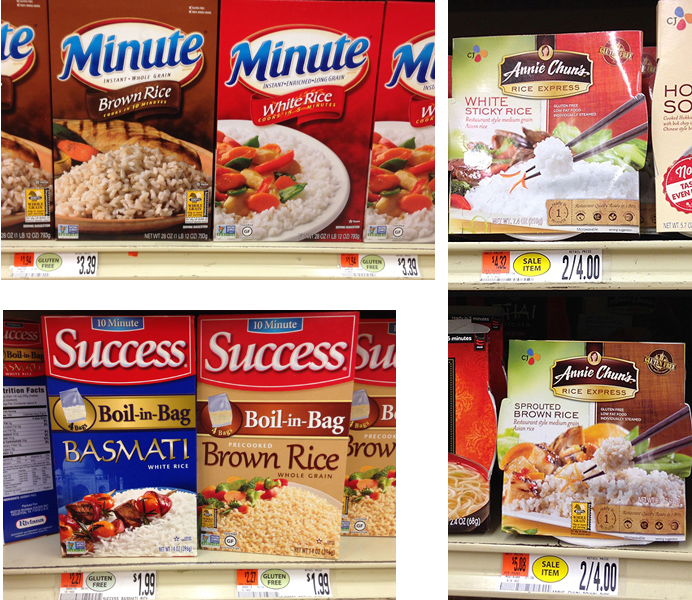
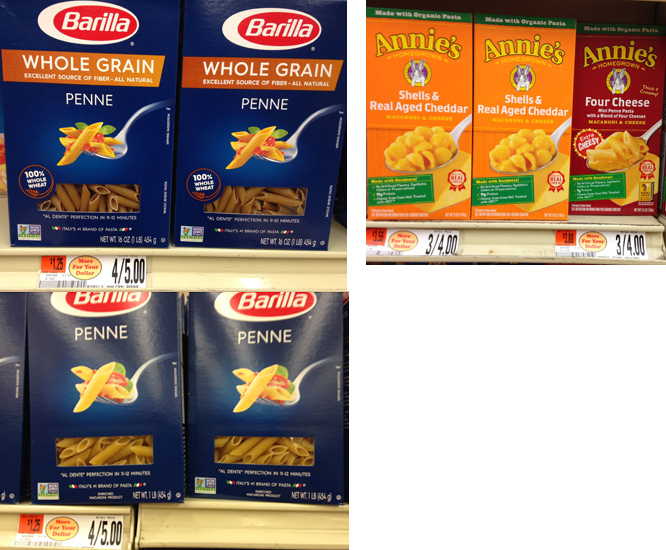
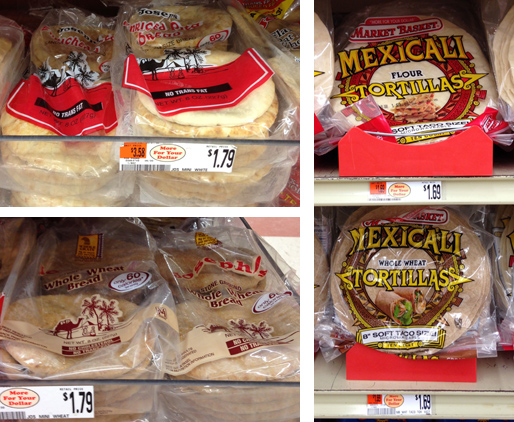
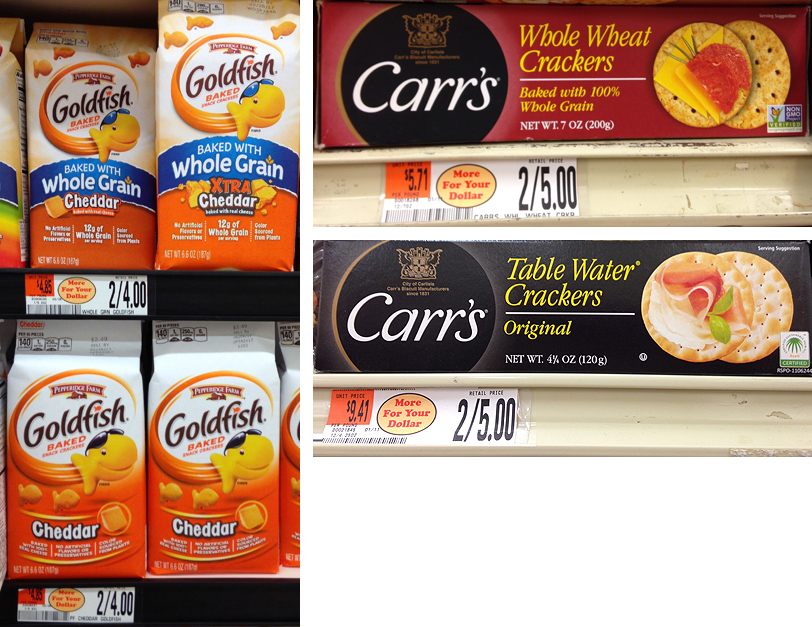
Comments
Add a Comment